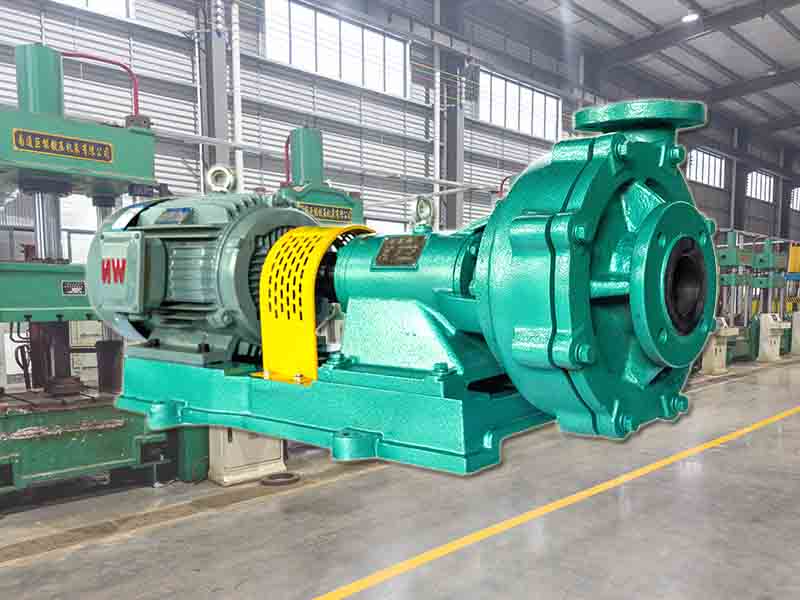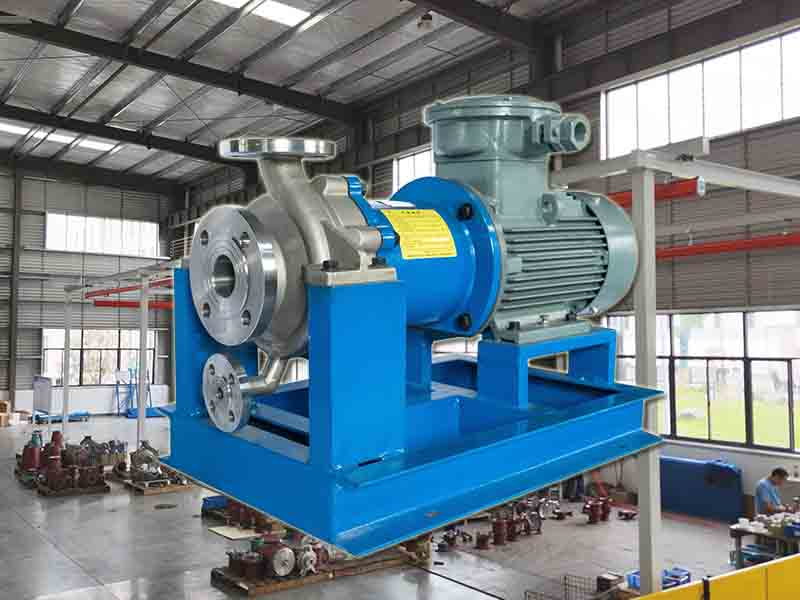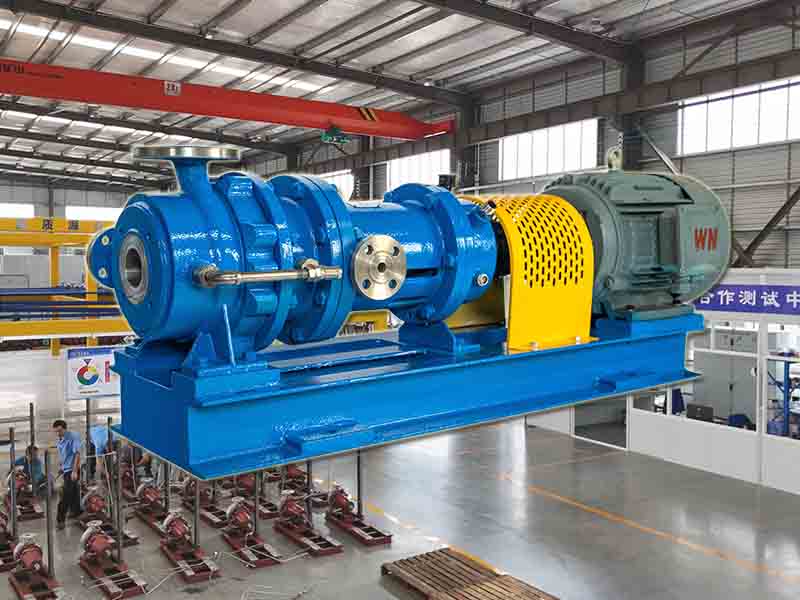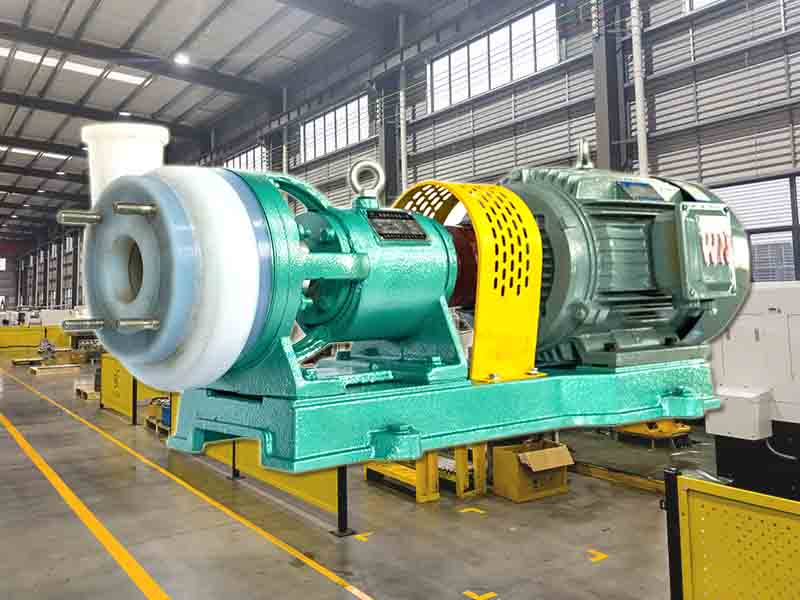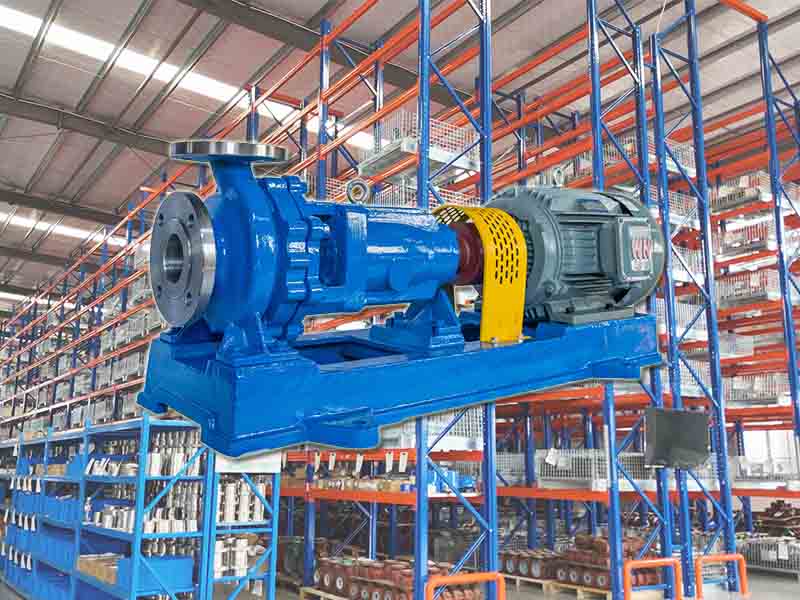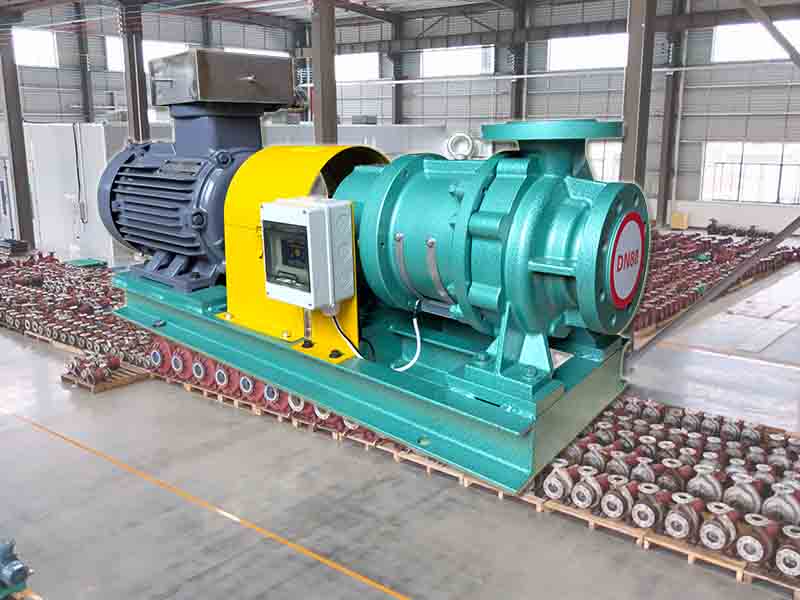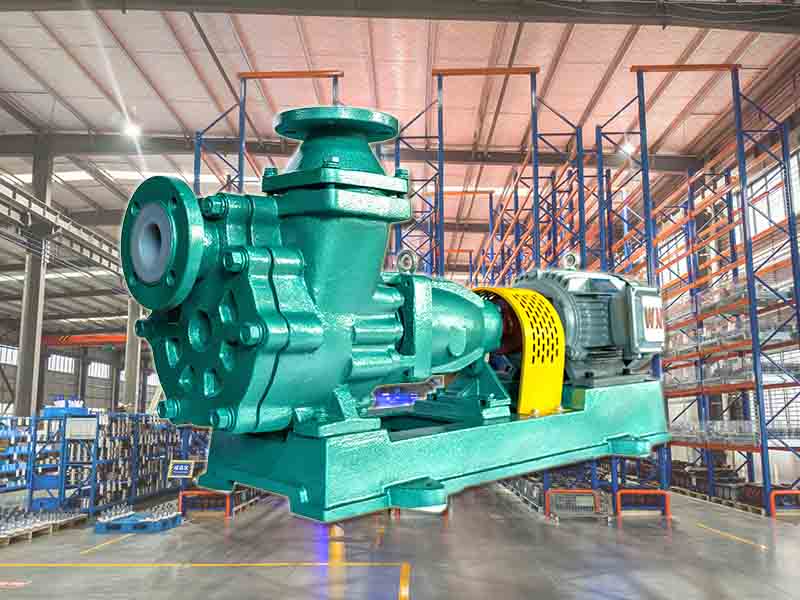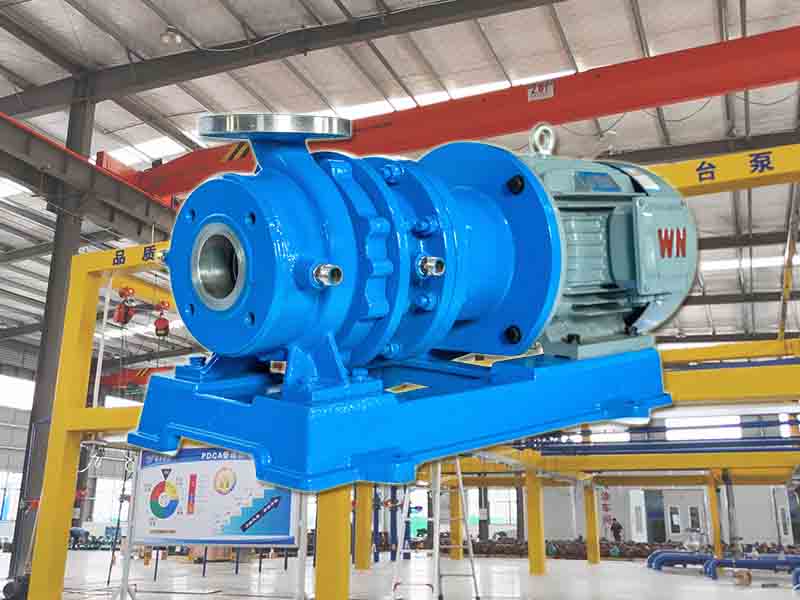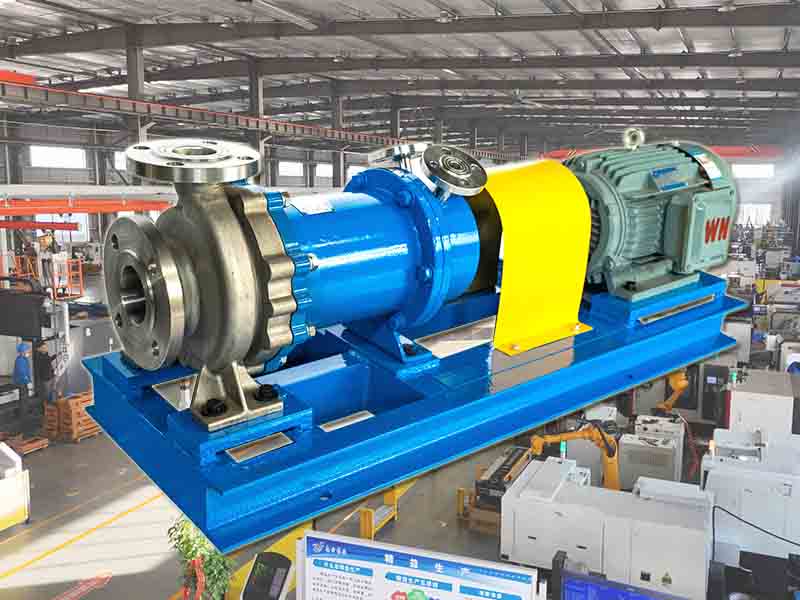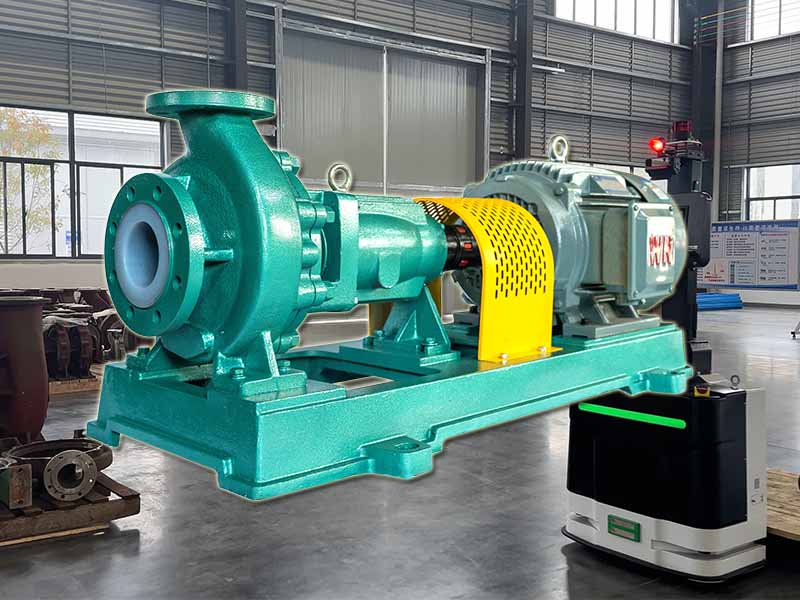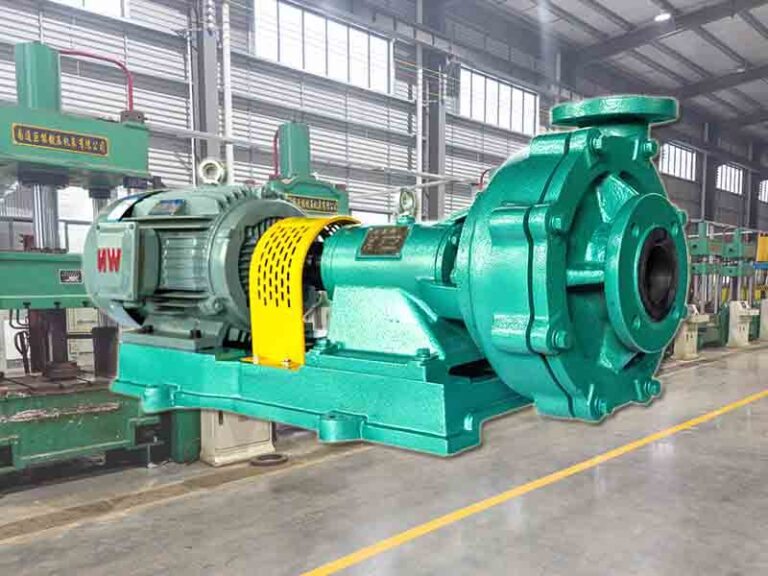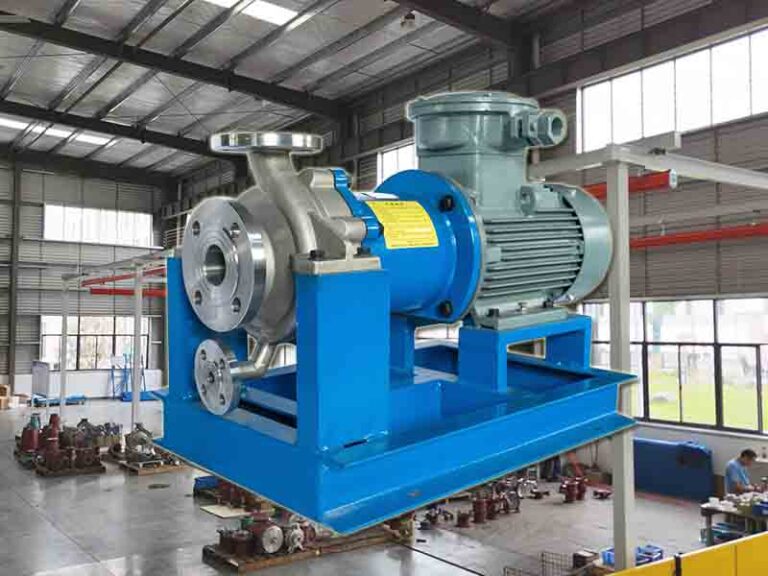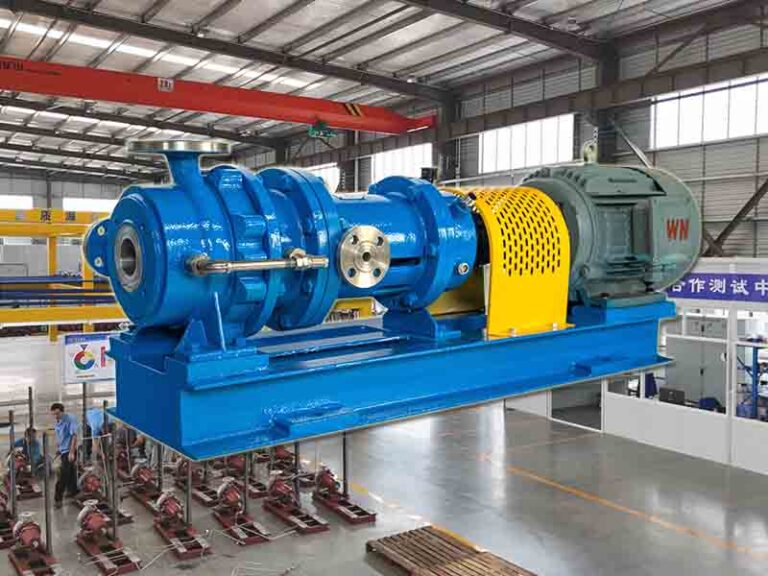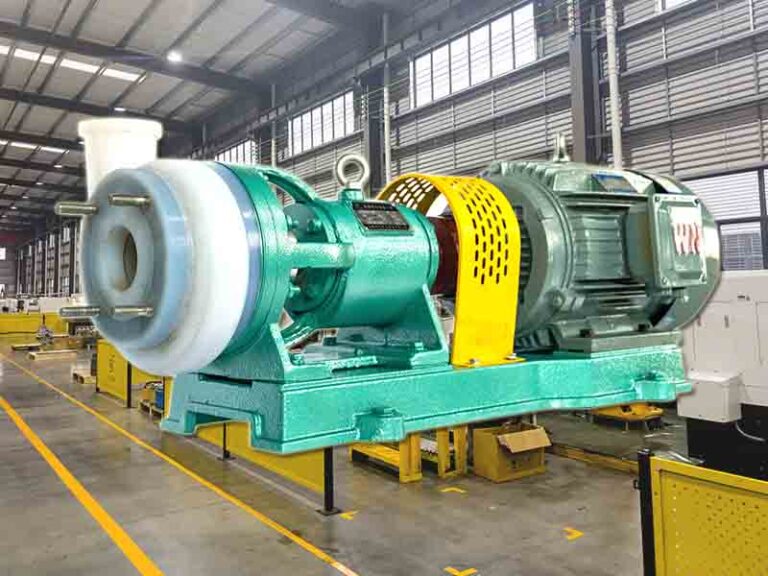The pump label is an indispensable “guide” to the use and maintenance of pumps, containing a wealth of critical information. Whether it’s a centrifugal pump, a submersible pump, or any other type of pump, its label contains important electrical and technical data. Next, let’s delve into the world of pump labeling.
What Is a Pump Label
Pump label is firmly attached to the pump body of the “information hub”, do not look at it just a small piece of identification, but the pump is concentrated in a number of key information. Each pump, regardless of its brand is well-known manufacturers or niche brands, regardless of which type, have a unique label. This label is like the pump’s “ID card”, not only can clearly indicate its manufacturer, but also allows you to rest assured that it is not genuine. If the chemical pump is missing the label, then you have to be vigilant, it is likely that there are problems, it may be counterfeit products.
How To Read a Pump Label
Key Information On a Pump Label
Brand and Model: On the pump label, the brand name and eye-catching brand logo are very conspicuous, which is the pump’s “proof of origin”, allowing you to instantly know where it comes from. Followed by the model, like CB210/00, 50/2 such a unique combination of pumps is the exclusive “code”, each model corresponds to a different performance, specifications and uses, on behalf of the pump’s unique “personality”.
Production: production information as the pump’s “origin”, clearly tell you in which country it is produced or assembled. Pumps from different origins may differ in quality, performance and reliability due to differences in production processes, raw material supply and quality control.
Flow rate (Q): Flow rate (Q) is a key indicator of the pump’s ability to convey liquids, which indicates the amount of liquid conveyed by the pump in a unit of time, with common units such as liters/minute, cubic meters/hour, and so on. Labeled on the minimum flow and maximum flow, like the pump’s ability to work on the “upper and lower limits”, which allows you to clearly understand the efficiency of its delivery in different working conditions.
Head (H): Head (H) reflects the pump “upward conveyance” of the ability, on behalf of the pump can lift the maximum height of the liquid, the unit is meters. In addition to the total head, the label will be subdivided into minimum head (Hmin) and maximum head (Hmax). It should be noted that at the maximum head, the flow rate is zero; and in practice, the maximum flow rate corresponding to the head is more reference value, which is directly related to the pump’s efficiency and applicable scenes.
Power: power is the pump’s “power source”, reflecting the pump in the unit time consumption of energy, usually with horsepower (HP) or kilowatts (kW) to indicate. Two common power values on the label, P2 is generally the power of the equipment startup, that is, the nominal power of the motor; P is the main power required for stable operation of the pump and constant power, these two values can help you understand the pump’s energy consumption and working capacity.
Additional Specifications
Efficiency (η): Efficiency (η) is presented in the form of a percentage, which is an important symbol of the SS magnetic pump‘s “energy-saving level”. The larger the value, the greater the pump’s ability to convert electrical energy into mechanical energy, and the more energy-efficient and effective it is.
Voltage: The V on the label stands for voltage, and the number and symbol in front of it are key to determining the type of electricity used by the pump. For example, V3~ 230 means that the pump is 230V in three-phase mode, which can help you determine the type of power system the pump requires.
Other parameters: Capacitance (C) is used to indicate the capacitance of a capacitor in microfarads, but some labels may not show this. Current Strength (A) shows the amount of current in amps when the pump is operating. Frequency (Hz) indicates the number of times the current oscillates. Speed (rpm) is the number of revolutions per minute of the motor. Weight (kg) is the weight of the pump itself.
Types Of Pump Label
Centrifugal pump nameplates can be categorized into the following three types based on mounting location and function:
Side-mounted nameplates
Location: usually fixed on the side of the pump body.
Content: Labeled with core parameters such as model, flow, head, speed, power, and also contains information such as size, weight, and date of manufacture.
Characteristics: Easy for operators to view key data directly when the equipment is running, suitable for quick identification on industrial sites.
Front mounted nameplate
Location: Mounted prominently on the front of the pump.
Content: Highlighting the core performance parameters such as model, flow, head, etc. Some nameplates will be labeled with the manufacturer’s contact information.
Characteristics: Suitable for users to quickly compare the performance differences between different models of pumps when selecting or purchasing.
Embedded nameplate
Location: Embedded in the structure of the pump seat or pump cover.
Content: Record the model number, technical specifications, production batch and other permanent information, part of the nameplate is made of corrosion-resistant materials.
Characteristics: Strong resistance to abrasion, suitable for long-term exposure to harsh environments centrifugal pumps, such as chemical and sewage treatment equipment.
The Role Of The Pump Label
Product Identification and Tracing:The information on the nameplate, such as brand, model, and production batch number, is the “identity fingerprint” of the centrifugal pump, which can be used to quickly locate the product model and trace the production source. For example, if the pump fails, maintenance personnel can check whether there is a common problem with the same batch of products through the batch number.
Guiding installation and operation:Flow, head, voltage and other parameters directly affect the installation program. For example, the head parameter determines whether the pump can meet the system pressure requirements, and the voltage information ensures that the power supply is matched to avoid damage to the equipment due to incompatible parameters.
Maintenance and troubleshooting:Nameplate speed, power and other data is the basis for determining whether the motor is running normally. If the actual running current deviates too much from the nameplate labeling, it may indicate problems such as bearing wear or impeller blockage.
Compliance verification:Some industries (e.g., petrochemical) require equipment to be labeled with information such as explosion-proof ratings and material certifications. The IP protection level and insulation level on the nameplate can help the user to confirm whether the equipment complies with safety regulations.
Conclusion
Reading pump labels can be a bit of a challenge, but once you get the hang of it, it’s easy to access key information about your pump. This information is important for the proper selection, use and maintenance of your pump. If you have trouble reading a label, don’t hesitate to ask the professionals at South Pump for help at any time. We hope that everyone can become a “small expert” in reading pump labels, so that the pump can serve us better.


